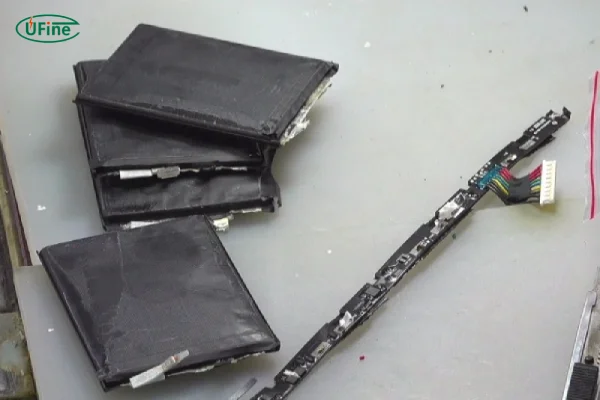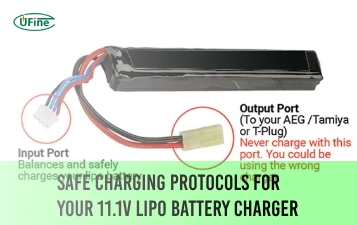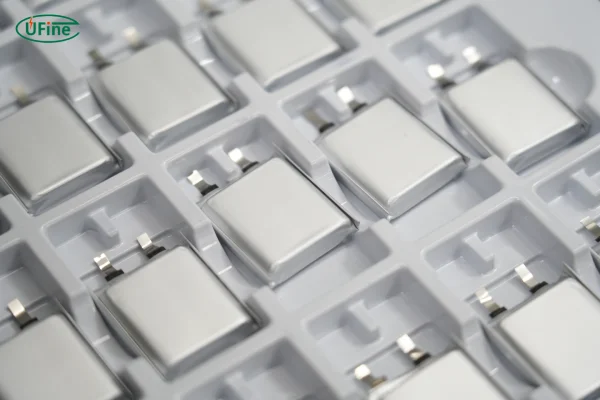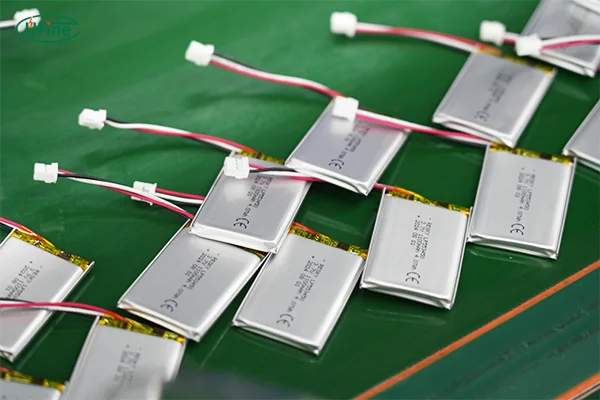Lithium batteries are at the heart of most digital devices we use daily. They’re lightweight, long-lasting, and efficient. However, a common issue with lithium batteries is swelling. If you’ve ever noticed your device’s battery looking swollen, you might wonder, why do lithium batteries swell? This article explains the reasons behind this phenomenon, how to identify swelling, and what you can do about it.
Part 1. Why do lithium batteries swell?

Lithium battery swelling happens for several reasons. Let’s dive into the most common causes.
1. Overcharging
Overcharging is a leading cause of lithium battery swelling. When a battery is overcharged, all the lithium ions in the positive electrode move to the negative electrode. This disrupts the delicate balance inside the battery.
The result? The battery’s internal structure starts to collapse. Lithium atoms accumulate excessively, forming stump-like crystals. This damages the battery’s efficiency and causes visible swelling. Over time, this process leads to a loss of battery power and potential safety risks.
2. Over-Discharging
Over-discharging can also cause lithium batteries to swell. The SEI (Solid Electrolyte Interface) film inside the battery protects its negative electrode. This film undergoes slight changes during normal charging and discharging.
However, when a battery is over-discharged, this protective layer is damaged. The negative electrode material collapses, leading to swelling. Using low-quality or incompatible chargers increases this risk and can even result in explosions.
3. Manufacturing Defects
Sometimes, the issue starts in the factory. If the electrode coating is uneven or the production process isn’t precise, the battery may be prone to swelling. Quality testing during manufacturing is crucial to catch these problems.
Advanced testing methods, like battery test modules, help ensure stability and safety. These tools provide reliable current transmission and prevent performance issues caused by manufacturing errors.
15 FAQs About Battery Manufacturing Safety Testing
4. Improper Storage
Improper storage is another factor. When a lithium battery sits unused for too long, its voltage can drop below 2V. This triggers internal chemical reactions that produce gas, causing the battery to swell.
Additionally, storing a battery in hot environments can accelerate this process. Even if the battery isn’t being used, it may bulge due to polarization and internal changes.
How to Store Lithium Batteries Safely?
5. External Environmental Factors
Lithium is highly reactive and sensitive to heat. During charging and discharging, the battery generates heat. If the internal temperature rises too high, gas buildup occurs, leading to swelling.
External damage, like scratches on the battery’s aluminum-plastic shell, can worsen this issue. If the shell is compromised, swelling can escalate into leakage, fire, or even explosions.
Part 2. How to judge lithium battery swelling
Now that we know why lithium batteries swell, let’s explore how to identify the issue.
1. Visual Inspection
Start by looking at the battery. Place it on a flat surface and check for:
- Bulges or arcs on the surface.
- Any protruding or uneven spots.
- A visibly raised back.
These are clear signs that the battery might be swollen.
2. Performance Changes
Swollen batteries often cause performance issues. For instance:
- Reduced battery capacity.
- Increased self-discharge rate.
- Higher internal resistance.
If your device frequently powers off, charges abnormally, or shows sudden battery drops, these might indicate swelling.
3. Advanced Chemical Testing
For a more scientific approach, gas samples inside the battery can be collected and analyzed. Tools like gas chromatographs or mass spectrometers can detect changes in the battery’s internal components.
While this method is precise, it’s usually reserved for manufacturers or specialists.
Part 3. What to do if your lithium battery swells?
If you notice swelling, it’s crucial to take immediate action. Here’s what you should do:
1. Stop Using the Battery
A swollen battery is a safety hazard. Continuing to use it can lead to overheating, leakage, or even explosions. Disconnect the device and remove the battery if possible.
2. Replace the Battery
Don’t try to fix or “deflate” a swollen battery. Replace it with a new, high-quality lithium battery from a reliable source.
3. Dispose of It Safely
Swollen batteries should be recycled properly. Hand them over to professional recycling facilities to avoid environmental harm. Never throw them in regular trash.
4. Avoid Overcharging and Over-Discharging
Use a charger compatible with your battery’s rated voltage. For example, if the rated voltage is 3.7V and the limited voltage is 4.2V, avoid chargers that exceed this range.
Part 4. Preventing lithium battery swelling
Prevention is always better than cure. Follow these tips to extend your battery’s lifespan and avoid swelling:
- Charge Smart: Use a charger with automatic cut-off to prevent overcharging.
- Store Properly: Keep batteries in a cool, dry place when not in use.
- Use Quality Chargers: Avoid low-quality or counterfeit chargers.
- Don’t Over-Discharge: Recharge your battery before it drains completely.
Part 5. Summary
A swollen lithium battery isn’t just inconvenient—it’s dangerous. Ignoring it could lead to severe consequences, including fires or explosions. By understanding why lithium batteries swell and how to address it, you can ensure your devices remain safe and reliable.
At Ufine Battery, we take safety seriously. Our strict quality control measures ensure that every lithium battery we produce meets high safety standards.
By following these tips and understanding why lithium batteries swell, you can protect your devices and yourself from potential harm. Always make sure to use the correct chargers and replace swollen batteries promptly to keep everything running smoothly.
Read More
Why Lithium Battery Explosions and How to Avoid
9 Reasons Why Lithium Batteries Bulge
Reasons and Solutions for Lithium Batteries Getting Hot When Charging
Why You Need a Lithium Battery Heater for Cold Weather Performance and Longevity
Related Tags:
More Articles

Safe Charging Protocols for Your 11.1V LiPo Battery Charger
Safely charge your 11.1V LiPo battery by following proper rates, using safety tools, and avoiding common charging mistakes.
11.1 V LiPo Battery Airsoft: Boosting Field Performance
Upgrade your airsoft gun with an 11.1V LiPo battery for faster firing, longer runtime, and top-tier performance on the battlefield.
Batteries for Trolling Motors Lightweight vs. Leaf Blower Power
Explore the best lightweight trolling motor batteries and how they compare to leaf blower power for performance, portability, and runtime.
What Is a 2C Battery?
Learn what a 2C battery is, how C-rates affect performance, and how to calculate the number of batteries your device needs.
What Battery Does LED Strips Use?
Discover which batteries power LED strips best. Learn about voltage, capacity, battery types, and how to safely power your LED lighting projects.





